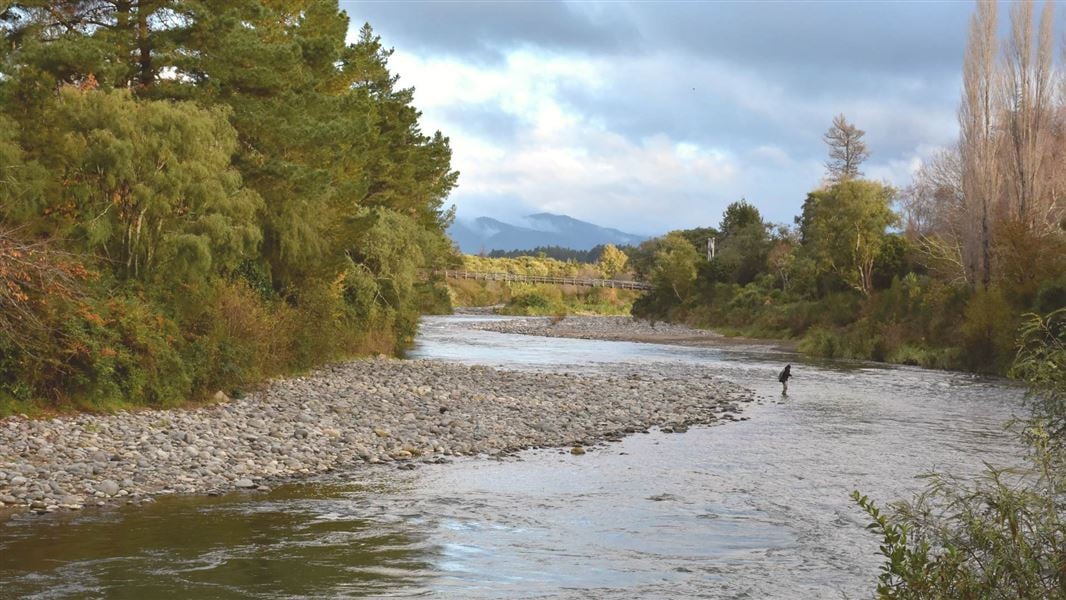Archived content: This media release was accurate on the date of publication.
Date: 29 March 2019
Taupō is a fishery where effective predator control operations using 1080 are a regular occurrence and water quality remains virtually pristine and aquatic populations thrive.
An article published in Flylife wrongly stated trout are threatened in New Zealand and unsafe for consumption due to 1080's impact on water and invertebrates. DOC's Taupō Fishery Management Team responded to this misinformation with a letter to the editor.
"As passionate anglers and fishery managers, we believe it is important to provide trout anglers with the correct information," the team said of their response. A portion is republished below:
Trout anglers in New Zealand can be reassured, peer-reviewed scientific research makes it clear there is no credible scientific evidence establishing a link between the biodegradable, non-persistent pest control agent 1080 and localised declines in trout numbers or quality, or a reduction in aquatic invertebrates.
So, what happens to 1080 in waterways? Over 99.8% of a 1080 bait pellet is made up of harmless dyed cereal, sugar and flavour, and the remaining active ingredient is a salt, which begins to dilute immediately on contact with water. Where 1080 pellets inadvertently enter streams, the active ingredient leaches out to harmless levels within 24 hours, leaving the dyed cereal to break down more slowly.
It is important to understand 1080 does not accumulate in the natural environment - it breaks down quickly leaving no residue.
Specific research carried out in four streams within the Grey Valley, West Coast (2006) confirmed no biologically significant impact from 1080 baits on aquatic invertebrates, even at rates equivalent to ten times the normal sowing rates.
All species of fish are known to have exceptionally high resistance to 1080 and there are no examples of wild trout being negatively affected by 1080 in New Zealand.
New Zealand’s Ministry for Primary Industries (MPI) stated there may be a minimal risk to people who eat trout within a 1080 drop zone. This recommendation is based on a theoretical exposure model which assumes a series of worst-case scenarios. How this model translates into practice is unknown but MPI confirms, “… it is highly unlikely that the exposure model for trout consuming 1080 baits would eventuate in the environment.”
In locations where trout and other aquatic inhabitants are in decline, anglers should consider the impact of unsustainable land and water management practices. To lump pest control in with issues such as land intensification, water abstraction and point source pollution, is misleading.
Lake Taupō is a highly productive wild trout fishery with tributaries rich in aquatic invertebrates. The Taupō catchment benefits from an innovative approach to land management where good water quality is highly valued. It is a fishery where management decisions are informed by 25 years of robust fishery science.
Taupō fishery scientists describe conditions in spawning streams as ‘hyper-productive’. In other words, the recruitment of juvenile trout is exceptionally high.
Thanks to a rich diet of aquatic invertebrates, young trout grow quickly before migrating downstream to the lake. There they switch to a diet consisting primarily of small introduced fish (smelt).
As a wild fishery, the size and condition of adult trout vary in Taupō. 25 years of research confirms these peaks and troughs are closely linked to the relationship between trout and smelt, which are not impacted by 1080.
